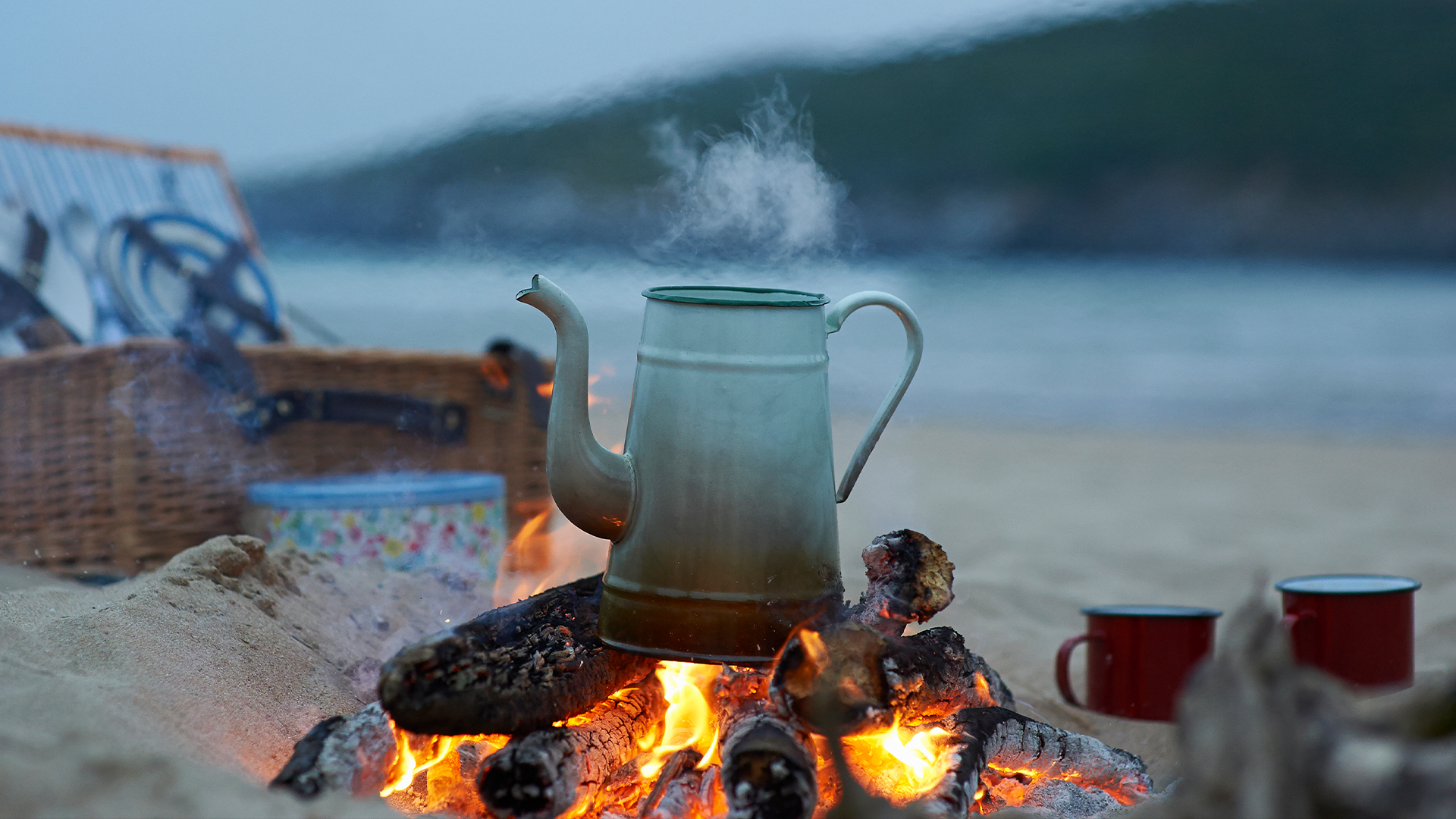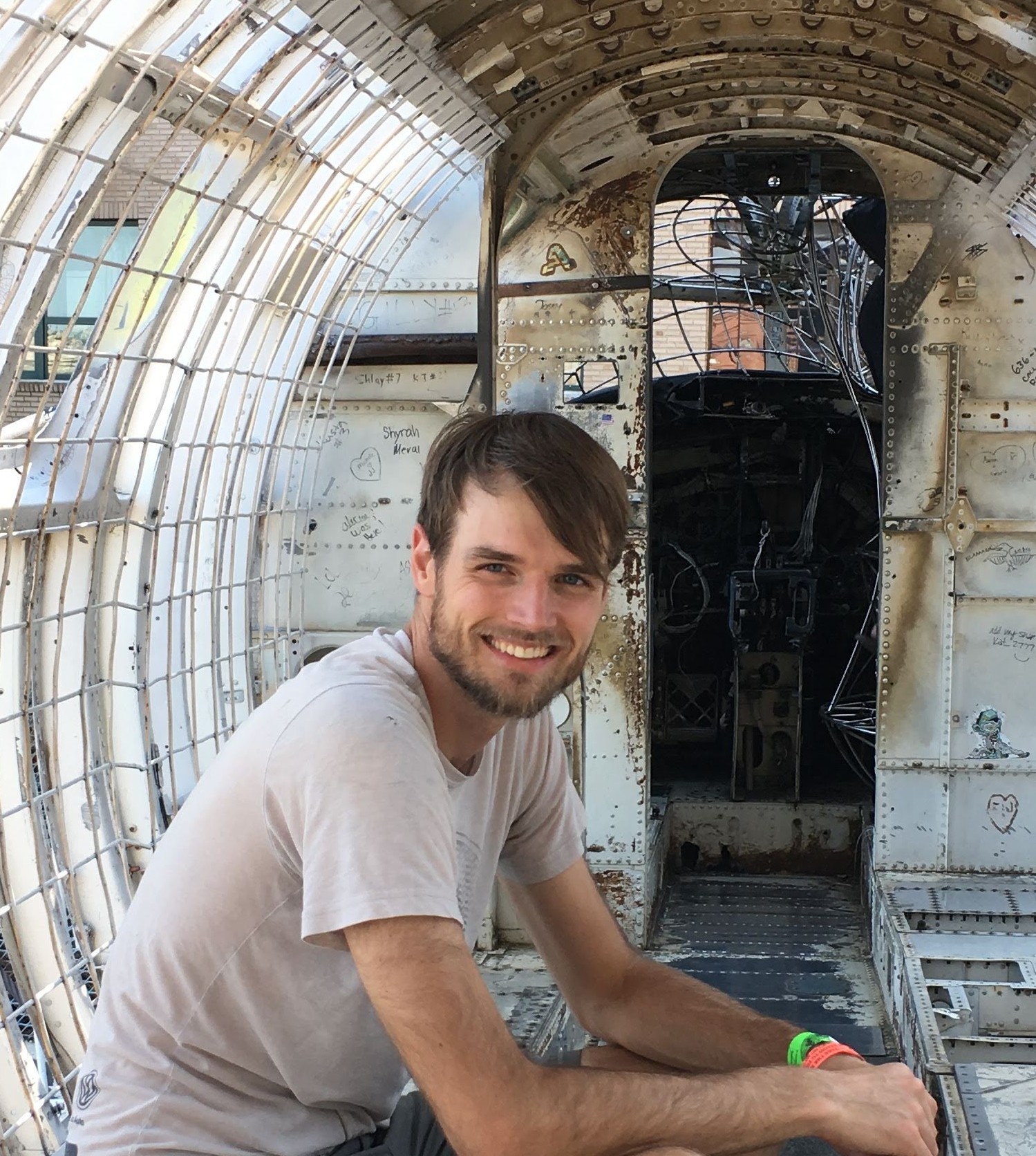What's the highest temperature water can freeze, and the lowest it can boil on Earth?
Ice can form on Earth at temperatures above 32 degrees Fahrenheit (0 degrees Celsius), and water can boil below 212 F (100 C). Here's how.

Water boils at 212 degrees Fahrenheit (100 degrees Celsius) and freezes at 32 F (0 C), right? Sure, except that's not always true. The temperatures at which water boils or freezes can change depending on pressure and other factors. So where on Earth do we need to go to find water's coolest boiling temperature and warmest freezing temperature?
For water's lowest boiling temperature, we must look for the place with the thinnest air.
"For water's boiling point, there is some mild dependence on humidity, but it almost all comes down to pressure," said Jacob Roberts, a professor of physics at Colorado State University.
Impurities in water affect how water molecules interact with one another, ultimately changing the point at which the whole solution comes to a rolling boil. But if you carry a bucket of water to the top of a mountain, it will boil at a lower temperature than it will at sea level. That's because the less the atmosphere pushes on a pot of water, the less heat energy the water requires to vaporize, or turn into steam.
Naturally, the highest location on Earth — the summit of Mount Everest, at 29,031 feet (8,849 meters) — is where water boils the coldest, at 154 F (68 C), according to the Lunar and Planetary Institute. It's hot water — but it would make a terrible cup of coffee, as water needs to be at least 188 F (87 C) to make a decent brew.
Related: How much water is in Earth's atmosphere?
So where does water freeze at the highest temperature? That's a little trickier. For pure water, at least, the temperature at which its molecules settle into the rigid, crystalline structures of ice crystals varies relatively little with pressure. Water's freezing point on Earth is always around 32 F.
Get the world’s most fascinating discoveries delivered straight to your inbox.
That's not to say pressure doesn't affect water's freezing temperature at all — just that the pressures that occur naturally on the surface of our planet are nowhere near sufficient to nudge the freezing point up. Even in the Challenger Deep of the Mariana Trench, which is farther below sea level than Everest's peak is above it, the pressure is more than 1000 times higher than air pressure at sea level, according to University College London. This squeezes water, but not enough to force water above 32 F into ice — above 0 degrees C, water needs nearly 10,000 times atmospheric pressure to freeze, which does not occur naturally anywhere on Earth.
However, ice at sea level can form if the air temperature is above the freezing point, thanks to radiative cooling. For generations, this phenomenon has allowed residents of desert locations to make ice without electricity or freezing temperatures. People living in what is now Iraq and Afghanistan would fill shallow pools with water before a cloudless night and wake up to ice, despite the air temperature being a few degrees above freezing.
That's because the air above the pool is very dry, which encourages the water to evaporate, Roberts told Live Science. The evaporating water brings heat with it, cooling the liquid left behind.
In addition, the water slowly radiates heat into the sky. While the air near the ground might be just above freezing, the atmosphere higher up can be as cold as minus 40 F (minus 40 C) on a cloudless night. In this case, heat energy moves from the relatively warm water to the extremely cold night sky. Both mechanisms together can drop the temperature in the pool to 32 F — enough for it to freeze — despite the surrounding air temperature being as warm as 41 F (5 C), which is well above freezing.

Cameron Duke is a contributing writer for Live Science who mainly covers life sciences. He also writes for New Scientist as well as MinuteEarth and Discovery's Curiosity Daily Podcast. He holds a master's degree in animal behavior from Western Carolina University and is an adjunct instructor at the University of Northern Colorado, teaching biology.



